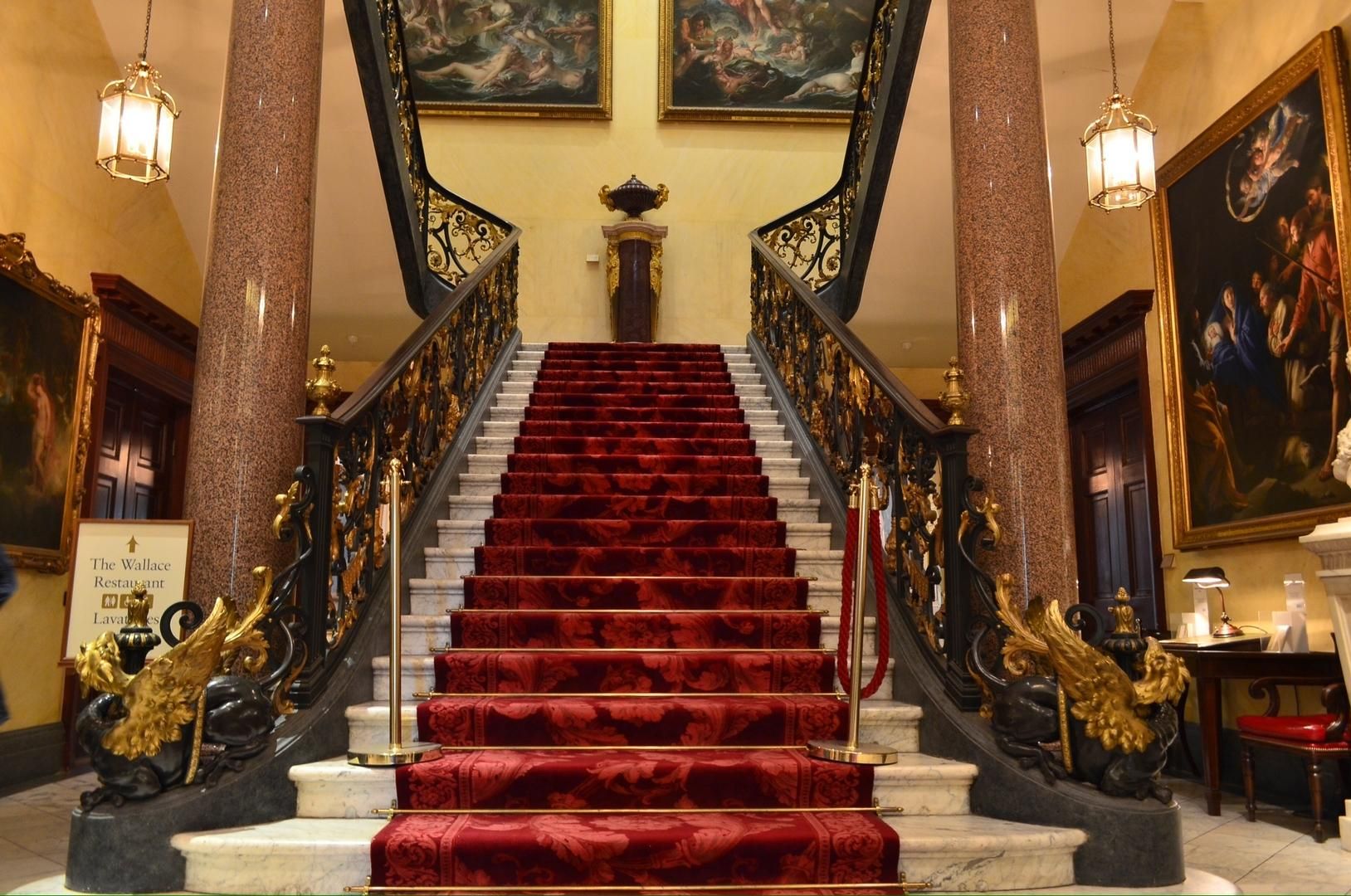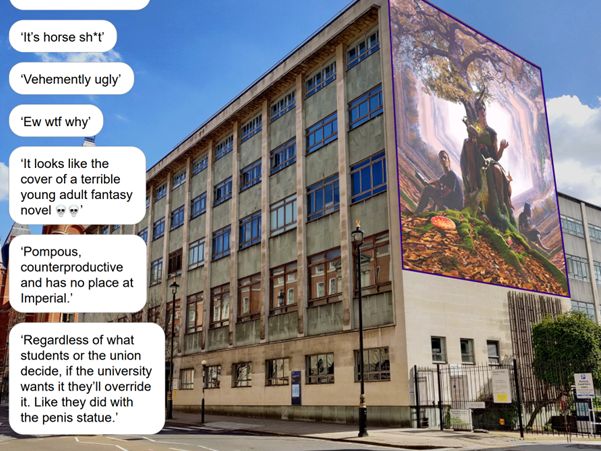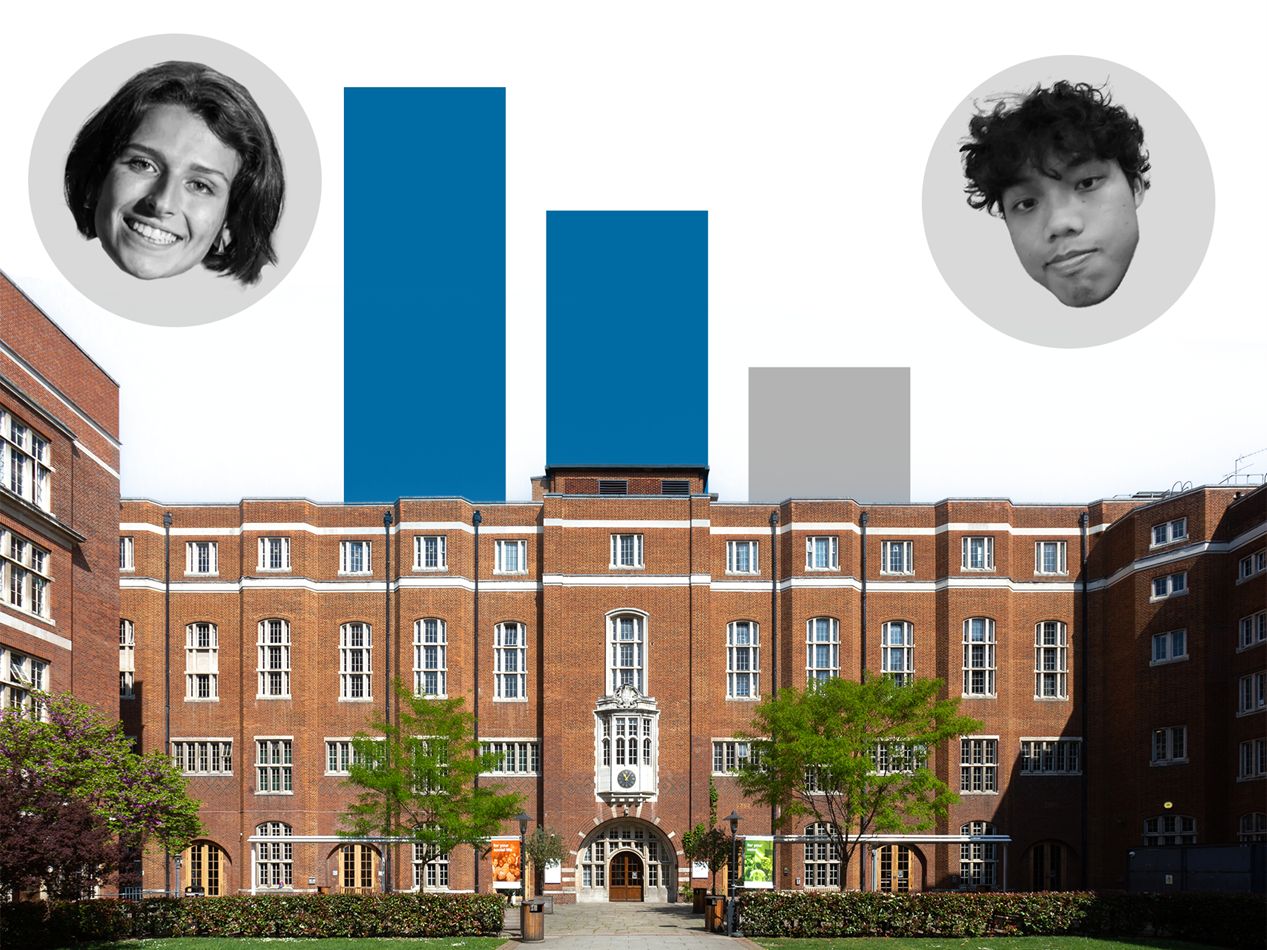Pour away the ocean and sweep up the wood
Arts editor Vaidhiswaran Ramesh mourns sanitised way we are all forced to take in art at the moment
 Photo: Imgur
Photo: Imgur
Art is an interesting aspect of life. While we consume it every day, we fail to articulate and define its remit. And even the boundaries, if any, between the ill-defined definitions we provide for say Arts, Music, and Theatre are ever so blurred in the 21st century. In another world, in a world without COVID-19, a busy world that is, we wouldn’t have had time for such semantics. But in this current expanse of time, courtesy of the pandemic, the mind wanders for such introspection.
London is truly blessed in that accord. A modern-day bridge between the old world and the new one, both literally and metaphorically. Tucked away in its quaint neighbourhoods, museums in London offer a quick getaway to any part of world, from full blown headliners such as The National Gallery or British Museum to the quaint personnel collections of famous Britons such as The Wallace Collection or Apsley House.
Considering that, I realized that I was better placed now, in diverse London, than in my earlier years, to address this predicament
What is the definition of Art? If not a comprehensive, articulate one, at least a personal one would do for now. For the better part of 2020, while the COVID-19 situation ravaged all over, the absence of prolonged local lockdown meant that you could almost make up for the lack of international travel and enjoy these exhibits like never before, away from the crowds, the glistening frenzy of Instagrammers and the constant chatter of tourists. However, as England is dragged into a second lockdown, this opportunity is alas taken away.
Pushing for a last rendezvous and seeking to resolve my dilemma before the curtains close, I find myself here on the 4th of November, a cold grey London evening in Manchester Square, standing before the old townhouse of the Seymour family, now housing The Wallace Collection. If I am being honest, I chose this one, half indulging in an incoherent intuition that if I were to find any definition/resolution, it was to be in an old school collection such as this, and - well - because they were the only one who had a last-minute ticket available the day before the lockdown. Seems like I was not the only Art enthusiast in town, but perhaps certainly was the laziest.
One way paths, reduced occupancies for each room, hand sanitiser till every few yards and the works
One-way paths, reduced occupancies for each room, hand sanitiser tills every few yards, and the works. Nothing changed and yet everything did. A little less than half the collection had been boarded up, owing to safety measures, but enough indeed for its quarters. I wandered by all the famous stops, consciously reflecting this time on the cause of any appreciation. The grand staircase with its famous wrought iron balustrade, made originally for the Royal Bank in Paris in the early 18th century, stood as ever, overlooking the entrance — it certainly had allure. But was it the history, or its inherent beauty or was it a realisation that it’s a perfect the embodiment of the turbulence of time? I was not sure. But I stood and I watched. I followed the trail there on, gazing and ogling at the umpteen drawers and cabinets from Louis XV’s court, the intricate clock pieces with their marble sculptures, and the paintings by Old Masters, reflecting another time. The Venice Canal, busy with activity, painted by Canaletto in his trademark style - I wonder if dolphins swam in the canal in his time? The Laughing Cavalier by Frans Hals was still smiling nearby, despite the dearth of tourists wanting a selfie with him now. Anyway, a pensive few moments accorded and I moved onto the European armour collection, the least interesting to me personally but it struck a realisation. Most of the appreciation stemmed from the exhibits history, albeit as short as it was. Perhaps that’s the point of these institutions isn’t it? The contextualization of the creation of Art? I strayed a bit further, moving back and forth, savouring all I could, aware of the lockdown, but I could never put my finger on what constituted Art.
Coming out, however, the last thing that registered in my mind, was that the definition I was seeking was and is by itself meaningless. In hindsight, I might have done myself a disservice by visiting a collection with a narrow gambit, but then again, whatever we call it - Art doesn’t itself articulate, or at least good Art doesn’t, but it begs articulation and discourse. So, at the end of the day, it is what you make of it. The common consensus however must be that it evokes a thirst, a desire if any to be awed, and in my opinion anything that satisfies that, would be the bounds of its definition. It seems to be the same across platforms, whether you are in the stands in an opera, or before a Bernini or in a humble drawing room of a 19th century townhouse, looking at Rembrandt.
I sat outside following this line of thought a bit, watching the staff close the gates. The relevance of semantics disappeared further, and a stark reality emerged as I watched this somber parade. The reality of the lockdown and the needed shift in consumption of ‘Arts’ for the next few weeks. I was reminded of Samuel Taylor Coleridge’s verse from the ‘Rime of the Ancient Mariner’ - ‘Water, water, everywhere, and all the boards did shrink; Water, water, everywhere, nor any drop to drink’. In that moment this captured my thoughts perfectly well. There stood on the other side of me, some of the greatest collection of Art ever accumulated, available to all until just a few minutes ago.
The internet is indeed a cruel thing, tantalising us with the prospect of replacing this physical experience ever since. Memories of the hours spent scouring the scores of online museum catalogues during the first lockdown came to mind. Perhaps it’s time we all give the internet another try, but when that fails, we shall find ourselves here again when the curtains and the doors reopen, only at that time, there isn’t going to be enough water for our thirst.










